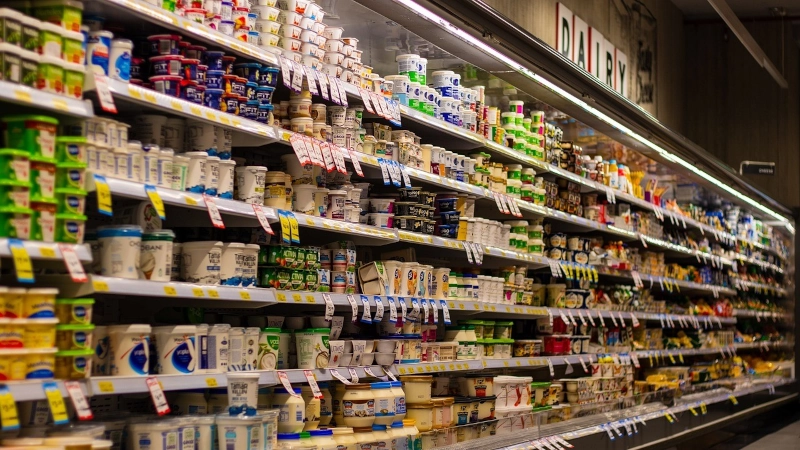After years of constant inflation, the latest Consumer Price Index (CPI) report from July is a welcome breath of fresh air, especially for folks who like to cook at home. While the overall inflation rate for the last 12 months still hovers just under 3%, grocery prices over the last 12 months rose just 1.1%. During the same time frame, restaurant prices rose 4.1%, illuminating a widening gulf between the two options.
While it’s always been cheaper to eat at home, the price gap between dining in or out has widened greatly in the post-pandemic era.
The CPI report reveals that the price index for food at home, which includes grocery store items, rose by a (comparatively) modest 1.1% over the past 12 months, while the overall inflation rate clocked in at 2.9%.
The index for fruits and vegetables fell by 0.2% over the year, while the dairy and related products index also saw a similar decline. The meats, poultry, fish, and eggs index rose by 3% over the last 12 months – more than the overall inflation rate, but worlds of improvement over the 24 months previous. The cereals and bakery products index remained unchanged, making it the most stable sector of the market.
The Economic Benefits Of Home-Cooked Meals

The positive trends in grocery prices have broader implications for household budgets. With the cost of food at home rising at a slower pace than overall inflation, families can better manage their expenses by opting for home-cooked meals. This shift not only saves money but also promotes healthier eating habits, since it’s easier for people to control ingredients and the inclusion of processed foods at home.
Andy Harig, Vice President for Tax, Trade, Sustainability, and Policy Development at FMI, emphasized the economic advantages of eating at home. Harig also highlighted the USDA’s food price outlook, which predicts a 1% increase in food-at-home prices for the remainder of 2024 and a better 0.7% for 2025.
Contrasting Trends In Restaurant Prices

While grocery prices are showing positive trends, the same cannot be said for food from restaurants. The CPI report indicates that the inflation index for food away from home, which includes food service and restaurant meals, rose by 4.1% over the last year. And fast food inflation has increased even more – 4.3% – highlighting turmoil in that industry. Full-service dining out had a smaller, but still substantial increase with a 3.8% rise over the last 12 months.
The Broader Economic Outlook

Despite the rise in restaurant prices, the overall economic outlook for food prices remains positive. Harig pointed out that even though certain food supply chain inputs like energy rose significantly according to the July Producer Price Index, the food manufacturing PPI increased by less than 0.1%. This suggests that overall supply chain cost pressures are continuing to ease, which bodes well for food prices in the short and medium term.
Harig also emphasized that the economic outlook for food prices remains positive, with indicators pointing to continued progress in addressing food price inflation. Those same indicators suggest future slowing of inflation in the food world – but nobody’s talking about price rollbacks yet… or probably ever.


